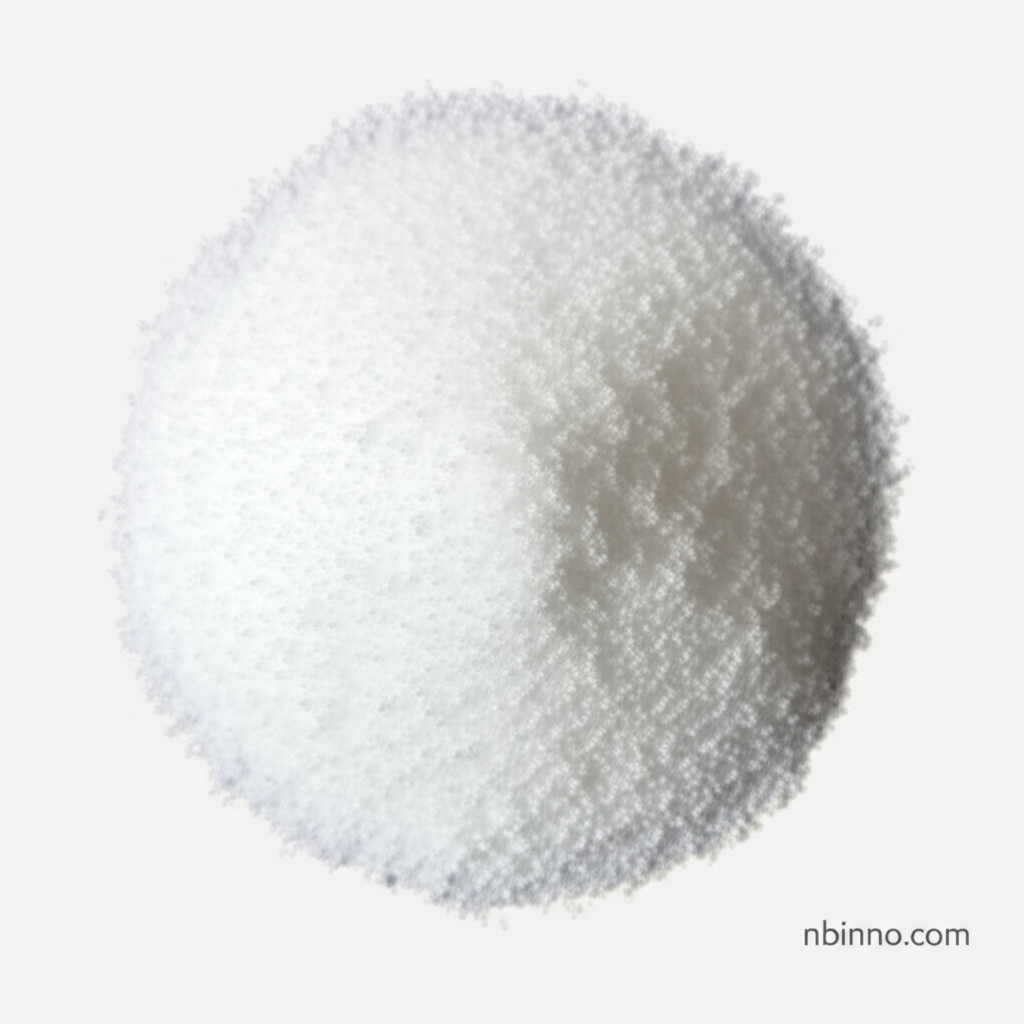4-Nitrophenyl Trifluoroacetate: Properties, Applications, and Manufacturing Insights
Discover the critical role of this versatile chemical in advanced synthesis and research.
Get a Quote & SampleProduct Core Value

4-Nitrophenyl Trifluoroacetate
A highly reactive organic compound essential for numerous chemical processes, particularly in specialized synthesis applications.
- Enabling complex molecule synthesis with its potent acylating properties, a key aspect for 4-nitrophenyl trifluoroacetate applications.
- Crucial for efficient peptide synthesis, making it a sought-after reagent for researchers exploring peptide chemistry.
- Serves as a vital chemical intermediate for the development of new pharmaceuticals and agrochemicals.
- Its utility extends to analytical chemistry and bioconjugation techniques, broadening its scope of use.
Advantages Offered by the Product
Enhanced Reactivity
The trifluoroacetate group significantly boosts the electrophilicity, making it a powerful reagent for various reactions, as highlighted in 4-nitrophenyl trifluoroacetate synthesis discussions.
Versatile Applications
From pharmaceutical intermediates to bioconjugation, its broad utility underscores its importance in modern chemical research and production.
High Purity
Available in high purity grades, ensuring reliable and consistent results for demanding laboratory and industrial processes, essential for any CAS 658-78-6 properties analysis.
Key Applications
Organic Synthesis
As a key acylating agent, it is fundamental in building complex organic molecules, contributing to advancements in synthetic organic chemistry.
Peptide Synthesis
Its role as Sakakibara's reagent in peptide synthesis highlights its importance for creating peptide-based therapeutics and research tools.
Pharmaceutical Intermediates
It is a critical building block in the synthesis of active pharmaceutical ingredients (APIs), aiding the development of new drugs.
Analytical Chemistry
Used as a reagent to study enzyme kinetics and for derivatization, improving detection sensitivity in analytical methods.
